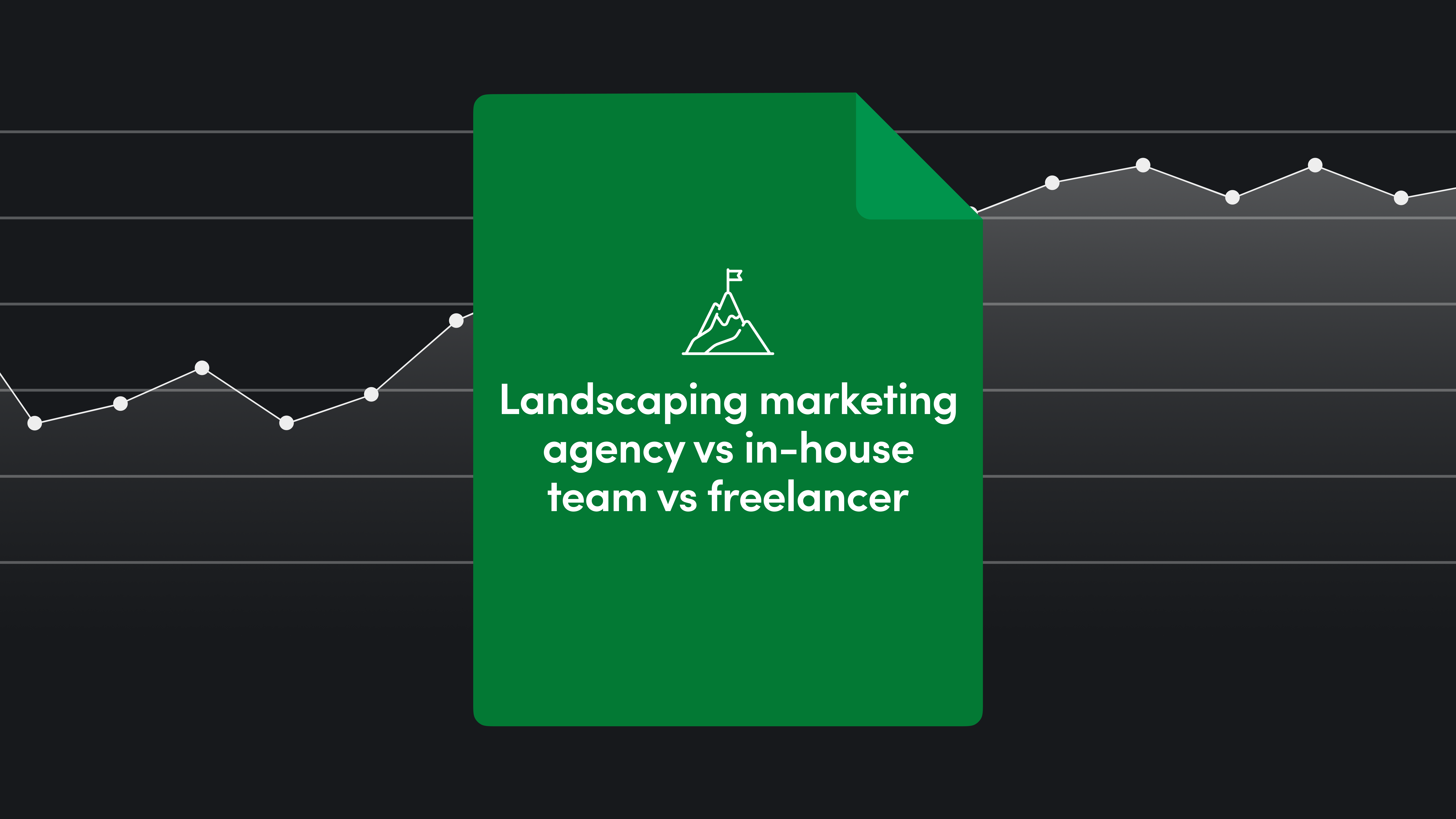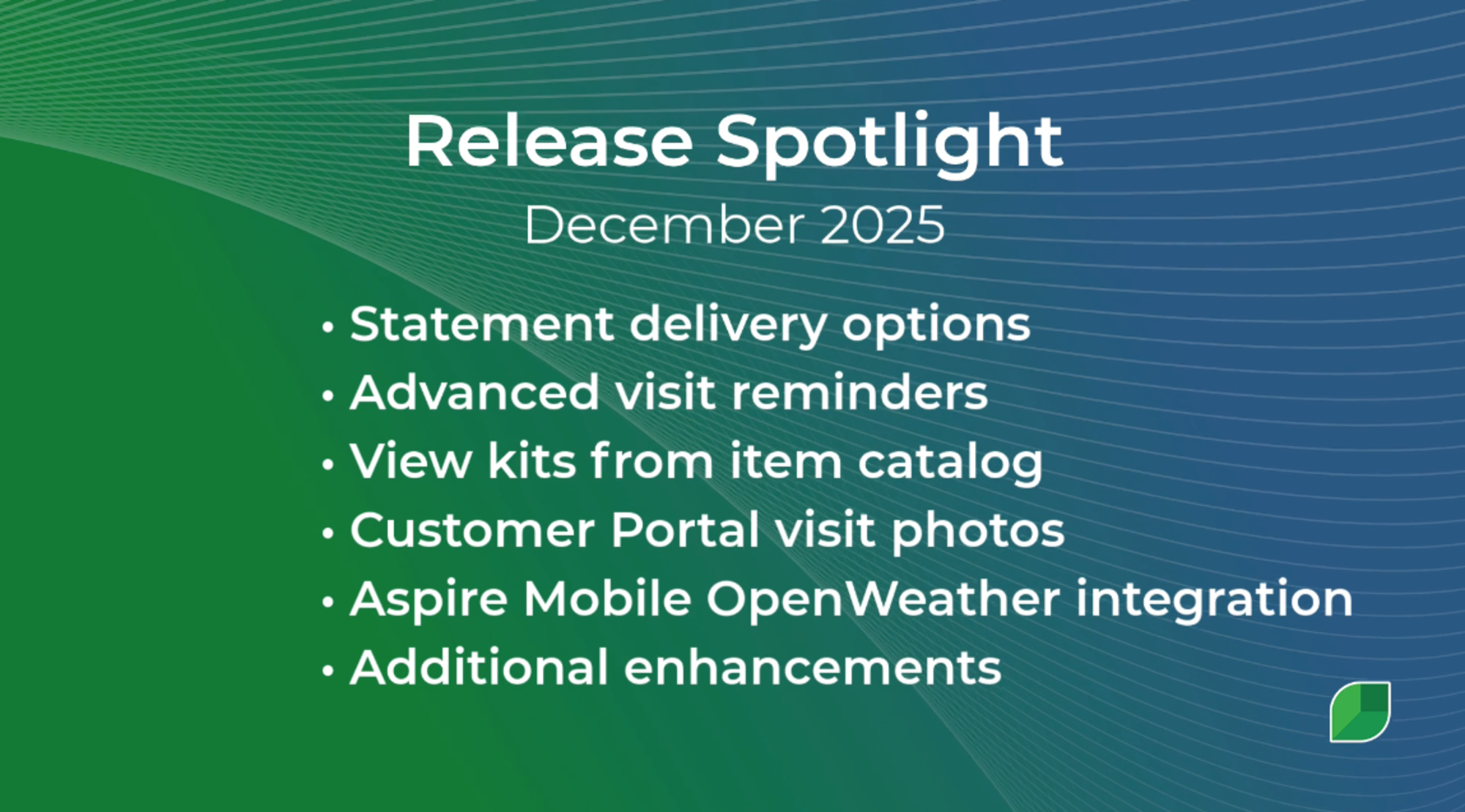Ask any commercial cleaning or janitorial professional—or any tradesperson for that matter—and they’ll tell you that getting the job done is so much easier when you have the right tools.
That statement holds true whether we’re talking about vehicles, equipment, or consumables. But it’s especially accurate when it comes to operations software. That’s because your software affects literally every aspect of your business, from creating precise estimates to scheduling, routing, invoicing, reporting, and more.
Comparing software solutions
Finding the right software partner is crucial.
Choose wisely, and you’ve set yourself and your business up for years of growth and success. Choose poorly on the other hand, and you can look forward to years of frustration, unrealized potential, and mistakes that cost you valuable time, energy, and yes … customers.
It could also mean watching some of your best employees walk out the door in search of better opportunities and an easier, less stressful workload.
Unfortunately, comparing systems can be challenging. Especially with so many variables to consider. Feature comparisons, interface and usability considerations, innovation and development potential, pricing, and so on. It’s a lot to think about, to say the least.
One important factor that often gets lost in the shuffle is the platform architecture and the software design philosophy itself—by this we mean the foundation the platform was built on, or the engine if you will. Yet, when it’s all said and done, this may actually hold the key to making the best decision.
In this article, we’ll break down the pros and cons of the most prominent approaches to software design and settle some of the biggest ongoing debates.
Cloud-based vs on-premise solutions
This comparison is pretty straightforward, so let’s get it out of the way first. Any way you look at it, cloud-based solutions are the clear winner.
When was the last time you actually downloaded and installed a piece of software on your computer? Not a cloud-based mobile app, but an actual self-contained program that you downloaded or installed from a disc? Chances are, it’s been a while. There’s a good reason for that.
Indeed, on-premise software has been outdated for decades with most technology providers opting to utilize cloud-based architecture instead. And it’s easy to see why.
Cloud-based solutions allow you to instantly access the software at any time or place using a web browser and an internet connection. This also means system updates can be implemented immediately, including new features, integrations, and upgrades—all without disrupting your business. Off-site storage and data recovery options further strengthen the case.
In short, cloud-based solutions offer a system architecture capable of handling the most imaginative and ambitious growth strategies for your business.
On-premise solutions on the other hand are an artifact of a time before cloud-based computing, back when there was no other option.
You see this most often with software providers that were first established in the 1980s or 90s. Instead of making the hard decision to move to a modern, cloud-based system, some of these companies chose instead to stay the course and stubbornly cling to what worked in the past.
The problem with that philosophy is that the world has moved on and major, world-shaping technology innovations have taken place. Call us biased, but we believe that technology providers should be leading the charge on innovation instead of maintaining an outdated status quo that may have worked several decades ago.
Next, some definitions
Most modern software companies claim to be “end-to-end” providers, meaning they offer the entire spectrum of features needed to manage your workflow and get you through your day. This can be achieved in a number of ways.
Option 1
Baked-in, native applications that are created specifically for the software system. These applications typically come in the form of proprietary modules or add-ons that can be purchased separately and then combined to perform the needed functions.
Option 2
An all-inclusive operations system that delivers industry-specific features that work together seamlessly. These systems usually leverage best-in-class third-party integrations to strengthen areas outside its primary application.
Why does it matter?
So what’s the big deal? Both methods will bring you to the same finish line, right?
Not exactly.
While it’s tempting to ignore this point and compare software solely on features and other criteria, understanding the difference between these approaches can help paint the full picture of why one provider may be a better fit for your business than another. It’s kind of like popping the hood on a vehicle and checking out the engine before committing to a purchase.
When it comes to cleaning and janitorial software, the topic of integrated solutions vs native apps often comes up when discussing accounting and/or payroll solutions. So, we’ll focus the discussion on those areas for illustrative purposes.
With that in mind, here’s a key question: would you rather have a best-in-class end-to-end software system designed specifically for your industry or a general operations system that has amazing accounting features?
Before you answer, keep in mind that with the right integrations in place, you could have the best of both worlds by going with that end-to-end system.
Sticking with the native accounting app, on the other hand, means saying “no” to some of the best third-party accounting systems on the market since most of those providers frown on integrating with “competing” accounting systems. They prefer instead that you spend your money on their solution, regardless of whether it’s the best option for your business.
The dark side of native apps
The truth is, very few of these platforms are actually built from the ground up as an all-inclusive system—which is the way Aspire was developed.
Instead, they’re created piece by piece, usually through different companies that are brought together by various mergers and acquisitions and then unceremoniously bolted together. The result is seldom pretty or elegant.
That’s because all those bolted-on modules were never intended to work together. They often have different software architecture, and serve different purposes and industries. Many times, this results in a multitude of product package options, each with different modules and buy-up choices—some of which may not even be available in your country or to your industry.
If all that sounds confusing, that’s because it is. And therein lies the biggest issue with native solutions. Software is supposed to make life easier and simplify your work. But that’s hard to do when the product offering itself is unnecessarily complex.
Another downside is that you may find yourself paying for things you don’t need. Case in point: why pay for a full-featured accounting platform when a simple Quickbooks integration will do just fine?
And that if you’re not really a fan of the native accounting or payroll app? Can you just move your data over to a provider of your choice? Probably not. As mentioned earlier, many of these companies don’t offer integrations with other competing solutions.
There’s a better way
It’s very difficult to have a best-in-class, industry-specific operations software AND a leading accounting or payroll platform all in one place. But why utilize a mediocre, oftentimes generic operations system when you can work with a technology partner like Aspire that truly understands your business and integrates with some of the best-known and widely-used solutions available.
Sure, we could perhaps create a baked-in accounting or payroll system that ticks all the boxes. But why bother when there are so many amazing third-party solutions already available—many of which are already integrated with Aspire, like Quickbooks and Acumatica to name a few. And that’s not counting our API options, which allow further opportunities to do business your way.
And it doesn’t stop there. Our integrations with solutions like Inova Payroll, which provides intuitive payroll and benefits management solutions, and Team Engine, one of the most respected HR automation software providers on the market, add even more capabilities to your toolbox.
Instead of providing a dated, lackluster operations software experience, we choose instead to double down on industry innovation, creating forward-thinking solutions for cleaning professionals to do things faster, better, and easier so you can continue to run laps around your less agile competitors.
Every service provider in this space does things a little differently. Powerful integrations provide the flexibility for you to find what works best for your specific business needs and growth objectives.
Keep it simple with Aspire
Aspire provides an easy-to-use, end-to-end software solution built specifically for cleaning professionals to grow fast, scale effectively, and maintain a high level of service quality.
If you want to know more about how Aspire can help simplify and automate your operations, schedule a demo today and see Aspire in action for yourself.










